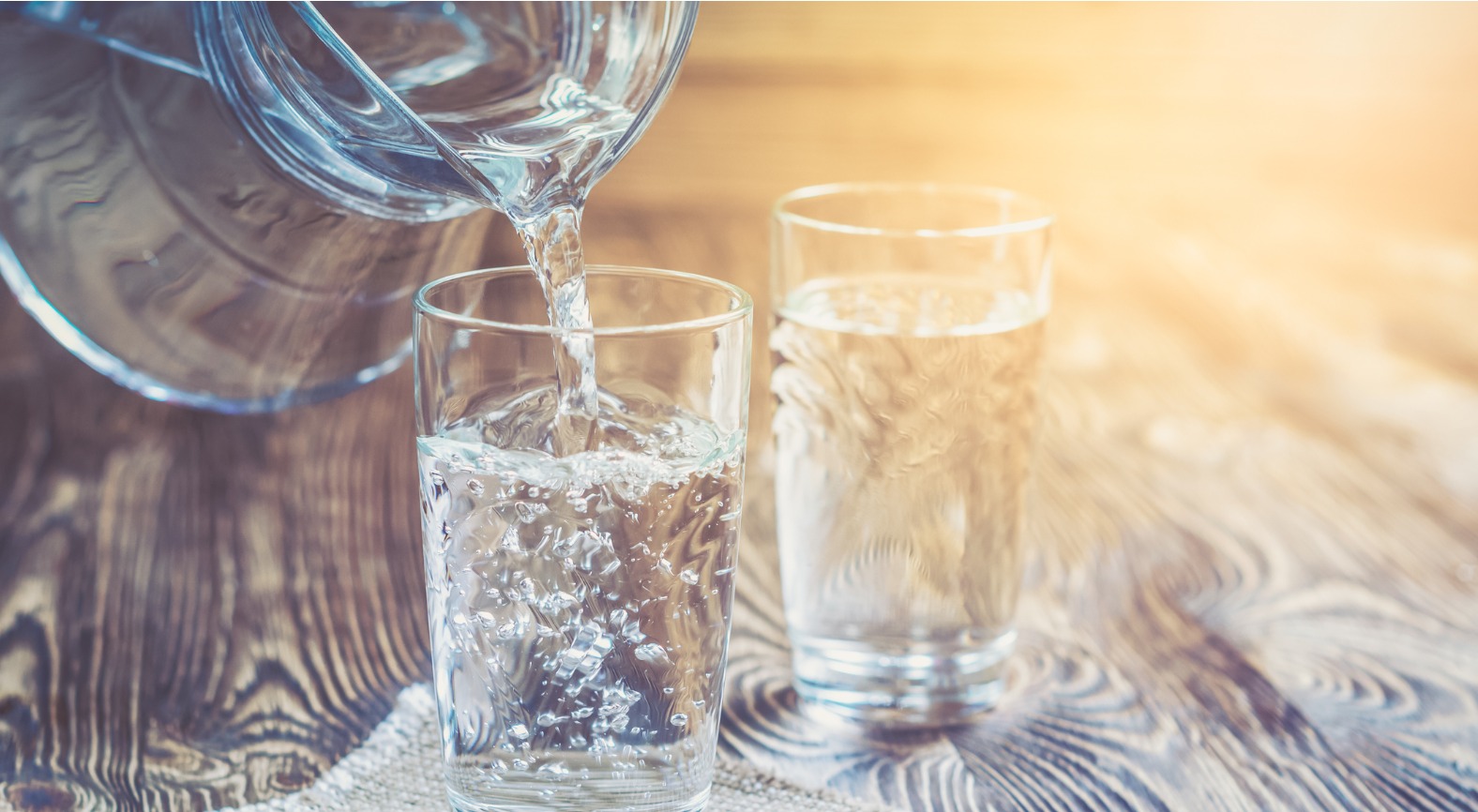The kidneys are a vital part of the body that filter out unwanted substances from the blood and help maintain fluid balance. Maintaining optimal kidney function requires a comprehensive approach, and having a healthy diet is one important part of keeping the kidneys healthy. By making the switch to eating more nutritious foods, you can be one step closer to preventing your kidneys from further damage.
Foods for a Renal Diet
Always speak with your doctor before making any changes to your diet, especially if you have or are at risk of kidney disease. The following foods are examples of some healthy options for people looking to maintain kidney health.
1. Red Bell Peppers
Red bell peppers are a good choice for people with kidney disease because they are low in potassium and high in flavor. In addition, red bell peppers have the added benefit of containing an antioxidant known as lycopene. Lycopene is known for helping improve blood flow and protecting against heart disease, cancer, and other serious health problems.
Try adding red peppers to your salads, sandwiches, or pasta dishes for a healthy and delicious meal.
2. Cabbage
Cabbage is an excellent addition to your meal plan because it is low in potassium and high in fiber. It’s also a good source of vitamin K, which is important for blood clotting and healthy bones.
Try adding cabbage to your salads, soup, or as a topping for fish tacos.
3. Apples
Apples are low in potassium, phosphorus, and sodium, making them an excellent choice for a renal diet. So the next time you are looking for a snack, reach for an apple.
4. Cranberries
Cranberries are low in potassium and high in vitamin C, making them another great choice for people with kidney disease. Cranberry juice has also been shown to help prevent urinary tract infections, which are typical for people with kidney disease.
Try adding cranberries to your oatmeal or drinking cranberry juice with your breakfast. Just be sure to read the label to make sure the cranberry juice you choose is low in potassium.
5. Blueberries
Low in sodium and phosphorus, blueberries are a great addition to your kidney-friendly diet. They are also a good source of fiber, vitamin C, and antioxidants.
Enjoy blueberries as part of a healthy breakfast or snack. Try adding them to a smoothie or yogurt.
6. Cherries
Cherries help reduce inflammation and are low in sodium and phosphorus. Anti-inflammatory diets are known to improve kidney function. Cherries can be enjoyed raw or dried as a tasty treat.
7. Tuna
Tuna is a good source of protein for people with kidney disease. When considering tuna, be sure to choose low-sodium canned albacore tuna. Tuna is also low in phosphorus and high in omega-three fatty acids, making it a healthy choice for people with kidney disease.
8. Salmon
Like tuna, salmon is a good source of protein and omega-three fatty acids. Salmon is also low in saturated fat.
9. Buckwheat
Whole grains are typically high in phosphorus, but buckwheat is an exception. Buckwheat is a good source of fiber, magnesium, and iron. If you have chronic kidney disease and are looking for a healthy whole grain to add to your diet, give buckwheat a try.
10. Radishes
Radishes are a low-potassium, high-flavor vegetable that makes a great addition to any renal diet. Radishes are also a good source of vitamin C and fiber.
11. Pineapple
Pineapple is a delicious and nutritious fruit low in potassium and high in vitamin C. It’s also a good source of bromelain, an enzyme that helps reduce inflammation. Try adding pineapple slices to your stir fry, or enjoy some fresh pineapple for dessert.
12. Shiitake Mushrooms
If you are looking to limit your animal-based protein intake as a part of your renal diet, look no further than shiitake mushrooms. Shiitake mushrooms are low in phosphorus and sodium while also being a fantastic plant-based protein.
13. Watermelon
This summer favorite is a good source of lycopene and vitamin C. While most melons are high in potassium, watermelon is an exception. Watermelon also contains the amino acid arginine, which has been shown to help reduce inflammation and improve blood flow.
14. White Rice
Those looking to limit the amount of phosphorus and potassium in their diet may find white rice to be a good option. White rice is low in both of these nutrients and high in carbohydrates.
15. Chicken
Chicken is a good source of protein, but be sure to choose low-sodium varieties when possible. For example, skinless chicken contains less sodium, phosphorus, and potassium than chicken with the skin on. Try adding skinless chicken breast to white rice for a kidney-friendly meal.
Contact The Kidney and Hypertension Center
The Kidney and Hypertension Center specializes in providing compassionate patient care for a range of kidney conditions. If you are experiencing any symptoms of kidney disease or are looking for ways to improve your kidney health, request an appointment today.




